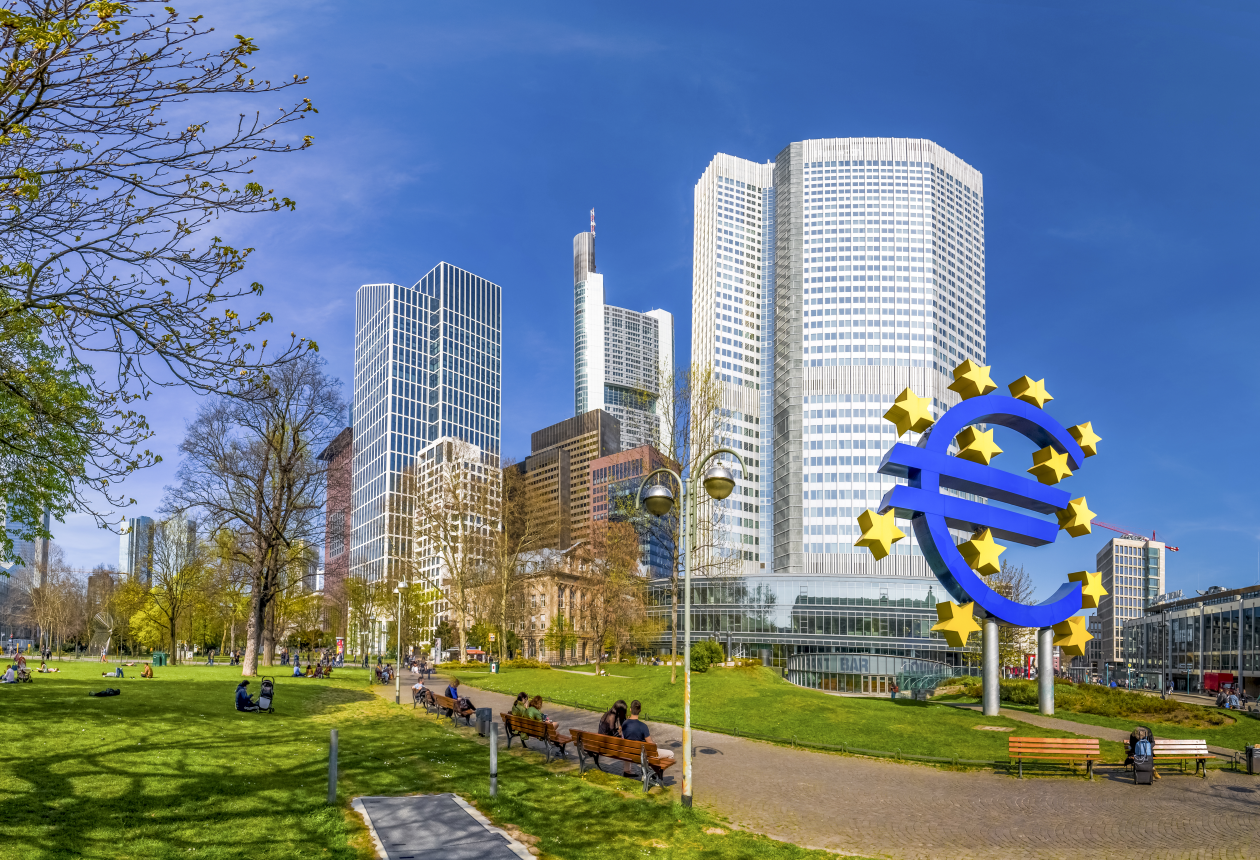The EU’s flagship joint gas-buying platform has handled only a tiny fraction of the bloc’s demand, according to data that raises doubts over its rollout to critical minerals and hydrogen.
People who have seen internal figures said the joint procurement exercise, dubbed AggregateEU and introduced at the height of the energy crisis that followed Russia’s invasion of Ukraine, only resulted in an estimated 2 per cent of the potential demand being contracted.
The platform was inspired by the bloc’s successful co-ordination of vaccine purchases during the Covid-19 pandemic by leveraging the bloc’s size to obtain lower prices.
Under the scheme, the European Commission mandated that each member state must ensure local participating companies submit orders equivalent to 15 per cent of each country’s gas storage filling obligations. The actual purchase of gas remained voluntary.
In total the platform matched buyers and sellers of gas for 43 billion cubic metres of demand but, according to three people with knowledge of the confidential data, only around 1 bcm of gas was ultimately contracted and reported to the commission.
EU officials have underlined that companies were not obliged to report the commercially sensitive data so more contracts could have been concluded.
But the low number has prompted debate over the usefulness of the joint procurement tool just as Commission President Ursula von der Leyen pledges to roll it out to more commodities during the next commission mandate, due to begin later this year.
“We must use the power and size of our market to secure supplies. This is why I will propose to activate and extend our aggregate demand mechanism to go beyond gas and include hydrogen and critical raw materials,” von der Leyen said in her political guidelines for the next five years published in July.
However, energy companies that took part said the platform worked more as a matchmaking tool rather than corralling demand in order to achieve lower prices.
Norwegian oil and gas group Equinor said the mechanism “has not represented a way to market” for the company and that “in [Europe’s] well functioning gas market . . . it is difficult to see this changing”.
Another energy company, which requested anonymity, said the platform “didn’t bring additional volumes to the market . . . so it did not achieve what it set out to do”.
It added that “during the crisis, the market functioned pretty well, with a price signal that allowed gas to move where it was needed, so there was no need for an additional AggregateEU platform”.
Both companies said their participation did not lead to any deals being concluded.
Andreas Guth, secretary-general of industry body Eurogas, said the original concept of “pooling demand into a larger consortium and then procuring gas jointly” presented two issues: projections for long-term gas demand in Europe were uncertain given the bloc’s efforts to curb use of fossil fuels, and EU competition law.
“We can’t really engage in consortiums unless we are granted exemptions from EU competition rules,” Guth said.
“The sole advantage of AggregateEU is that it gives access for small demand that might find it difficult to get to the market otherwise,” he added.
A senior EU diplomat said governments initially had issues persuading companies to sign up for the procurement project in order to fill the quotas set by the commission.
In its assessment of the tool published in June, the European Court of Auditors said that it “could not determine [the platform’s] added value in relation to gas trading platforms, nor did we identify a market failure that AggregateEU addresses”.
It added that while the scheme “appears to be fulfilling its aim of supporting smaller companies . . . evaluating the extent to which the other benefits the commission claims AggregateEU delivers have materialised requires a level of information on concluded contracts that is not available”.
The commission said the tools it had introduced to address the gas crisis, which also included a gas price cap, mandatory storage targets and legislation to promote gas sharing between member states, “work together, not in isolation”.
A commission spokesperson said AggregateEU “increased transparency of the market and aggregated demand from European buyers to better co-ordinate gas purchasing, while harnessing Europe’s collective market weight to achieve more competitive prices”.
Companies had shown a “high interest” in taking part, they added.
Fatih Birol, head of the International Energy Agency, also supported the tool, saying it would “help the Europeans use their muscle in an appropriate way in global energy markets”.
This article was written by Alice Hancock and Shotaro Tani from The Financial Times and was legally licensed through the DiveMarketplace by Industry Dive. Please direct all licensing questions to legal@industrydive.com.

